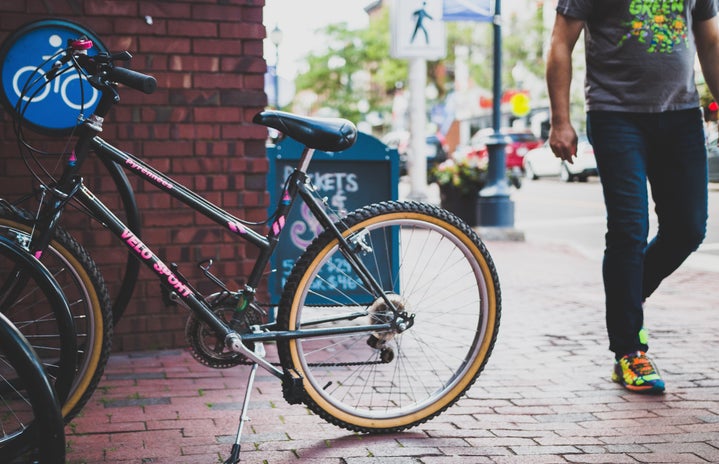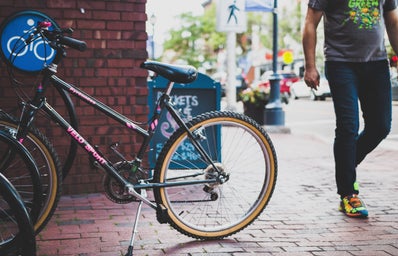If you haven’t heard of the Trashtag challenge yet, you can read all about it and how it got started here. The spirit of #Trashtag lies in dedicating time to cleaning up part of our natural world. People all over the world are participating in the planet-cleaning movement, including Ryan Fairbanks, a Communications student at the University of Utah. Her Campus Utah was lucky enough to sit down with Ryan and talk about his personal experience with #Trashtag.
Her Campus Utah: How did you first hear about the Trashtag challenge?
Ryan Fairbanks: I heard about it through Reddit, which is the social media site I visit the most.
HC: What made you want to get personally involved?
RF: I am in a class named Environmental Communication at the University of Utah. The objective of the class is for the students to become aware of how society and we as individuals communicate about the environment (words from the professor in our syllabus). For the final project, we were given a choice of communication-based or research-based involvement with the environment, and I chose to go the communication route.
HC: How was the actual cleaning-up/getting-your-hands-dirty experience?
RF: It was totally fun! I brought my sister along and we had a good time. We cleaned up an area of the Little Cottonwood Trail that is right next to Little Cottonwood Creek. It’s a cool area that I’ve visited a few times for hikes. I’ve enjoyed my visits each time, but it’s hard not to notice the litter, even when you’re not looking for it. While we were doing the cleanup, it was nice to appreciate nature and I felt good about cleaning an area that I enjoy going to. A couple on a motorcycle was stopped on the side of the road admiring the scenery. They saw my sister and I hauling the bags of litter from the trail to my car thanked us for what we were doing, which was really nice.
HC: Why is it important for young people to be engaged with the environment?
RF: Young people are good at getting other young people to do things. If a group of young people engage in environmentally friendly behaviors, others will hopefully follow. I also feel like it’s important for people to be conscious of the impact they have on the environment.
HC: Why do you think the Trashtag challenge has been so successful?
RF: I think it’s been successful because it feels good to engage in behavior that is good for the environment, and it’s nice to get outdoors. It also makes you more aware of how littered the environment really is. It’s only been a few days since I did it and I still can’t help but notice litter outside.
HC: What do you think is the best thing someone can do to help the environment right now?
RF: Not using disposable products is a great way to help the environment. 90% of the litter I picked up was from disposable containers for liquids like beer, water, and soda. It is very difficult to stop using disposable products entirely, but reducing our use of them and recycling whenever possible is important.
Single-use plastics make up half of the global plastic production, and a full 32% of those plastics never make it to a recycling plant or even a landfill. They are left to clog up rivers and oceans, litter trails and roadsides, and cause harm to all the living things on the planet. This is why movements like #Trashtag are so important. So, take after Ryan and participate in the Trashtag challenge yourself!
Images Source: Ryan Fairbanks



